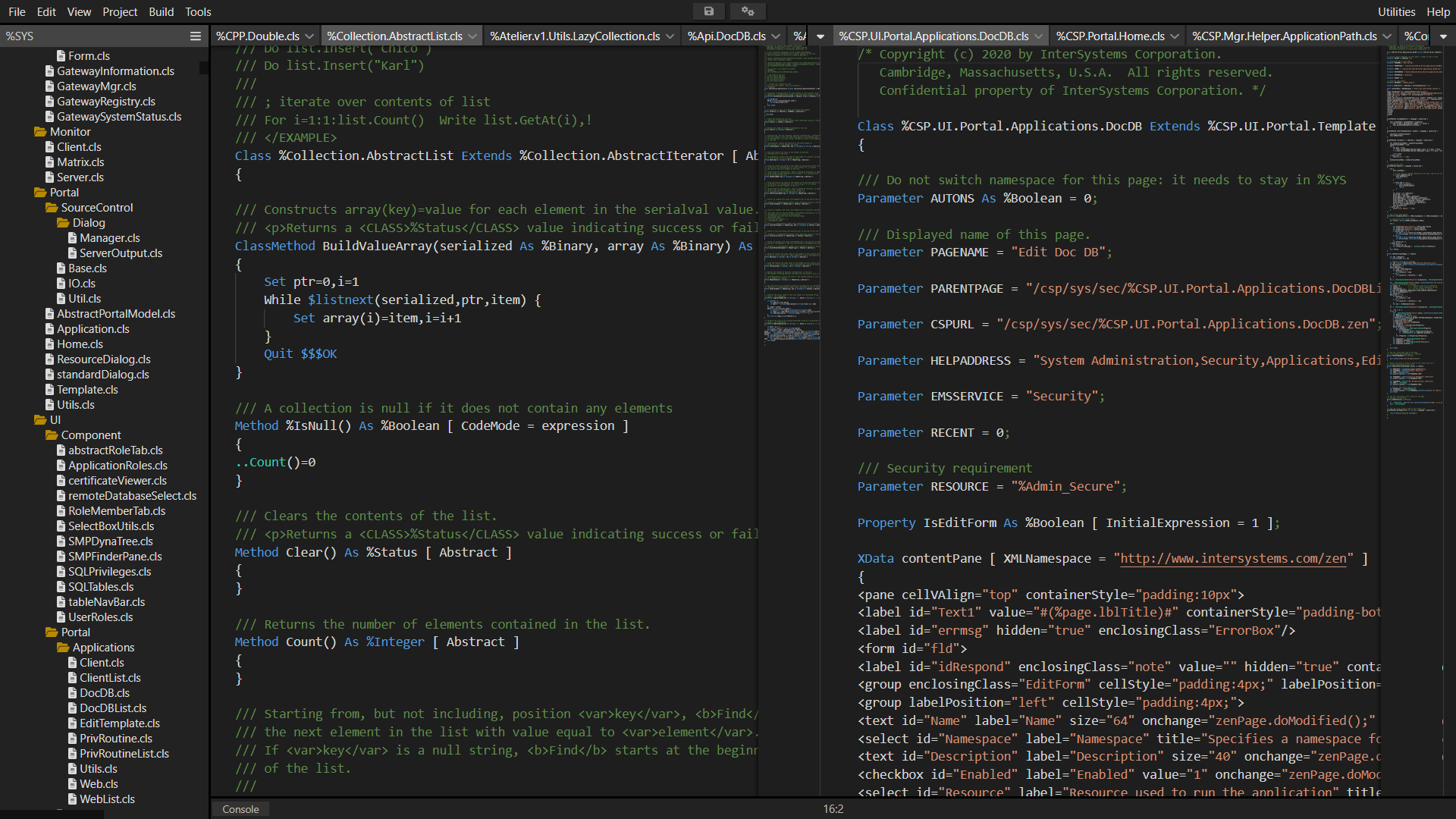As we all know, Caché is a great database that accomplishes lots of tasks within itself. However, what do you do when you need to access an external database? One way is to use the Caché SQL Gateway via JDBC. In this article, my goal is to answer the following questions to help you familiarize yourself with the technology and debug some common problems.


.png)


